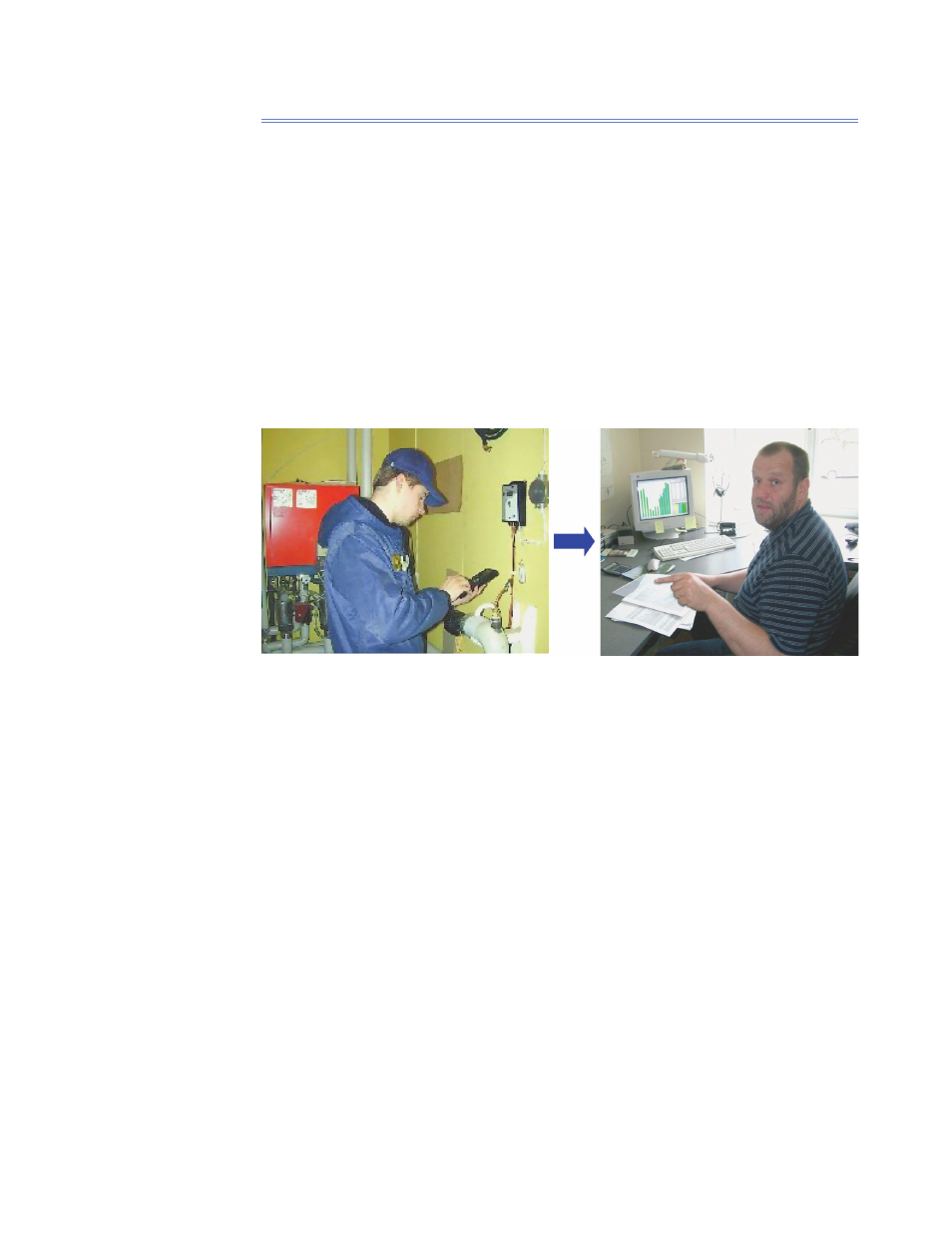Retrotec USACE User Manual
Page 32

10 ENERGY & PROCESS ASSESSMENT PROTOCOL
Step 2.1: Survey the Metering and Organize Data Collection
Basic information on energy consumption should already be available when
starting to plan the assessment activities. Because this is often not the case,
the availability of existing data and meter stock must be investigated as a kind
of preassessment activity (called here Level 0 assessment). When location and
utilization of existing meters have been checked, installation of new meters
must be planned. Then meter reading and other monitoring activities can
be organized. With the help of simple software tools (e.g., www.vtt.fi /kulu)
monthly meter readings can be collected and entered in the database with
only minimal effort. Data can easily be processed further to enable a quick
assessment of consumption patterns (Figure 7). Feedback about unexpected
changes (anomalies) in energy consumption is then available to O&M person-
nel, and applicability of no-cost measures can be assessed.
Figure 7. Monthly reading of meters already creates sound basis for energy assessment.
Similarly, the availability of basic information about the buildings’ charac-
teristics (for the whole portfolio) must be investigated. This kind of data can
often be obtained from the existing documents and fi les of the organization,
but (especially for older buildings) it might be outdated or totally lacking. In-
terviews of site personnel (occupants, operators, building/energy engineers,
maintenance technicians) can be essential to get a good overview of the current
condition, use, and operations of the buildings, systems, and processes. Invest-
ing in a new IT-based facility and energy management system—often available
over the Internet—can be good solution for long-term development, although
in the fi rst phase, a small amount of basic data (e.g., location, building type,
year of construction, area, volume) is enough to start the energy management
and assessment. This data can be easily validated and complemented during
Level I–III actions. Before moving to these levels, it is important to develop
the general layout and framework for information management so that fi nd-
ings and outcomes of assessment activities can be found and used effi ciently in
both preliminary and later stages. Sometimes the preparatory type measures
carried out on Level 0 are called “Preliminary Energy Use Analyses,” but their
